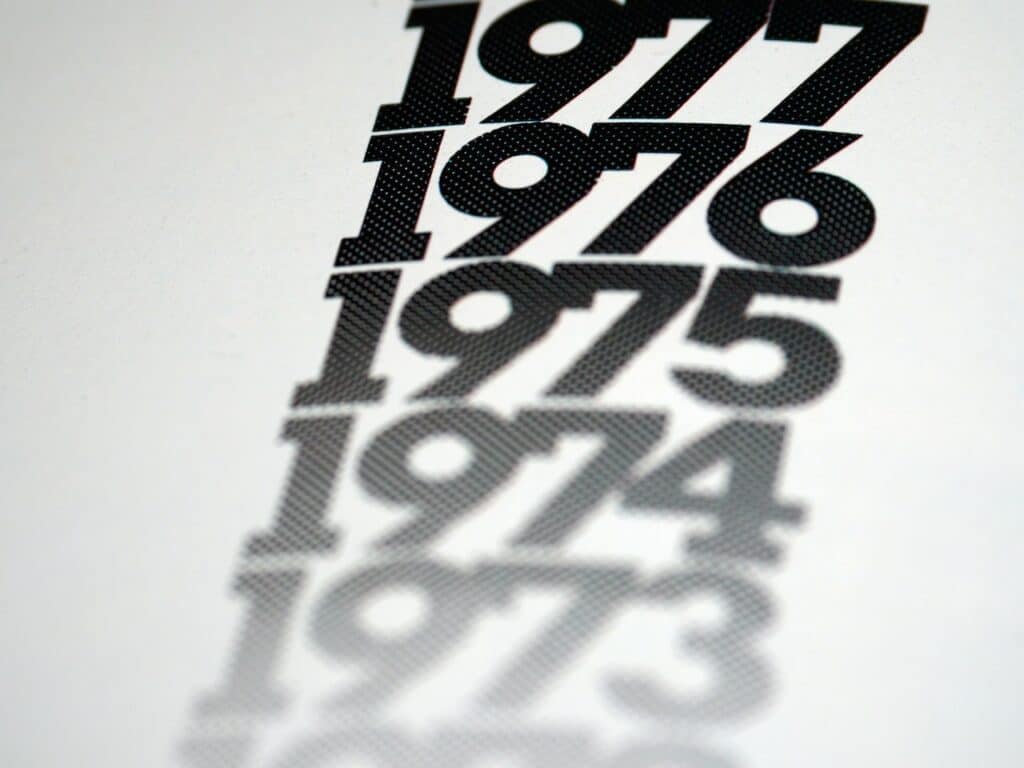Fine wine is usually associated with specific years, which is why they are referred to by vintages. Vintage is simply the year in which the grapes that were used to make that wine were harvested. So, while you have vintages of Napa Cabernet every year, the 2007 vintage is considered superior to the one that came immediately after, and vintages of 2013 and 2016 among recent wine years are considered particularly stellar. The vintage is mentioned on the wine bottle label, except in the cases of non-vintage wines like fortified or sparkling wines that are created from blends of different vintages to maintain consistency.
But why is there a difference between the 2007 and 2008 Napa Cabernet?
What determines good and bad years for wine?
The primary reason is the difference in the weather conditions across the years. Considering that all other factors that go into the making of wine remain constant, from the varietal and terroir to the winemaking standards and practices, it is only the micro-climate (climate of a very specific region) that varies from one year to the next.
Different grape varieties will have different responses to changes in the weather and climate. For example, dry and sunny conditions are favourable to a grape-like Syrah (Shiraz), so producers of the wine in South Australia have been particularly successful. On the other hand, Sauvignon Blanc thrives in somewhat cooler and damper conditions, which is why France’s Loire Valley and New Zealand’s South Island excel at its production.
It may happen that in a particular wine year, the Oceanic region experiences largely cloudy and damp weather, which would result in an excellent Sauvignon Blanc but a poor Syrah yield. What this means is that a good year for one type of wine may be a lacklustre year at best for a different wine. Each year may have a different weather condition from the year before, which would affect the different grapes grown in the affected region in different ways. In this case, Australian Sauv Blanc producers will need to tap into their knowledge and experience to extract the best possible yield from the inadequate harvest. It is possible at times for great winemakers to be able to create a good wine from a poor harvest.
Generally speaking, however, the quality of wine varies between vintages due to changes in the region’s micro-climate. The often unpredictable impact on Australia of the El Nino weather cycle is a prime example. In 1993, heavy rains spelt a terrible year for light-bodied wines. In 1995, drought conditions resulted in extremely low yields but high quality. In 1998, things changed, and a long and warm summer aided the production of an excellent vintage.
In a nutshell, a good wine year or a good vintage means that the predominant weather in a specific region was well-balanced throughout the year with the ideal amounts of rain and sun beneficial for the wine grape in question. On the flip side, a bad year for the same wine would be a year of unsuitable weather and negative influences on the region’s harvest, which diminishes the quality of the vintage.
Is 2022 a good year for wine?
The answer to this often-asked question depends, naturally, on the type of wine and its region of production.
Across Europe, the year was characterised by soaring temperatures, extended drought conditions, and wildfires. Early harvesting of grapes was a story repeated in multiple regions and is being looked at as a prelude to a norm.
It was a good year for many wines. Experts have referred to 2022 as “a great, sun-blessed vintage for Bordeaux”, a “crowd-pleaser” vintage for Burgundy, and a “solar” vintage for Champagne. In terms of quality, regions like Germany and California have also reported excellent production of their popular wines.
The 2022 vintage of fine wines will take years to the age, but there are older vintages that are prime for drinking now.
How do you choose a good vintage?
Once you understand what determines a good wine year, it is easy to choose a fine wine vintage in a few steps: –
• Check which grape(s) have been predominantly used in making the wine
• Find out what kind of weather conditions suit these grape varieties
• Check the year when and the region where the wine was produced
• Find out the weather pattern in the region during the year of the vintage
Remember that vintages must always be assessed in the context of the grape’s geography and the region’s predominant weather conditions that year. There aren’t any universal good years for fine wine. It simply depends on the specific wine.

